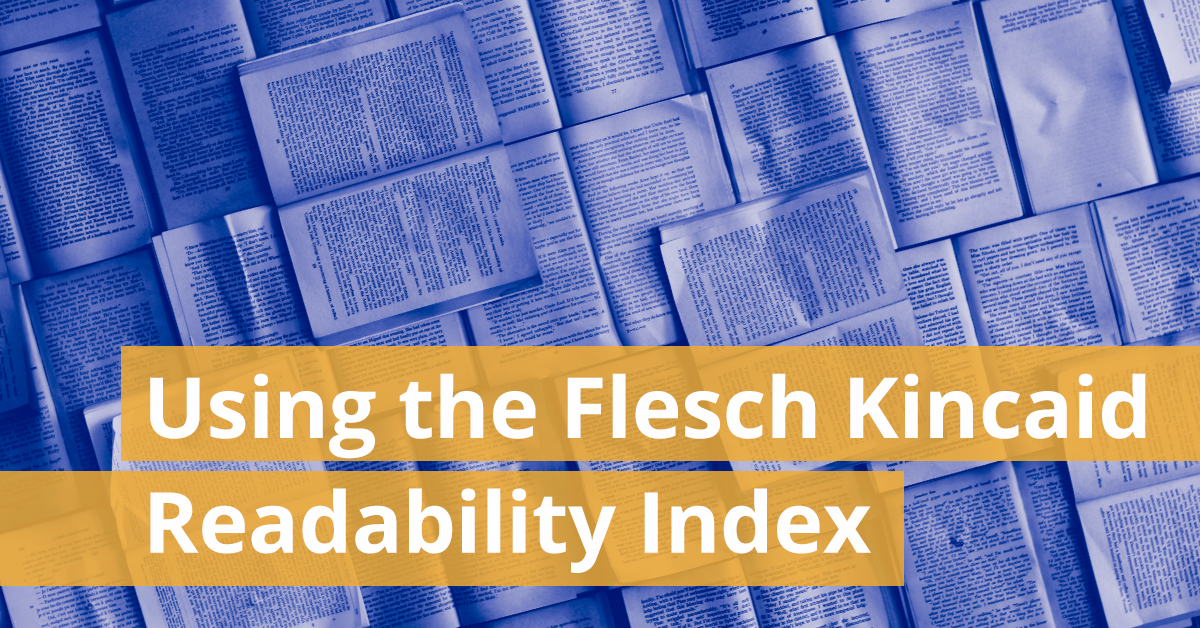
This is the first of a series of posts focused on effective reading in the high school classroom. This series includes practical tips teachers can add to their lesson plans.
It is very frustrating for high school teachers to have students in their classes whose reading abilities are not strong enough for them to be able to learn the content and skills necessary for success. Setting up a purposeful reading activity in a high school classroom is something many teachers find difficult to do, largely because they have not been trained as teachers of reading.
When the purpose of reading is to learn (as it most often is in a high school classroom), then there are several relatively easy steps you can take to ensure that all students read the texts that you have selected. It is critical that students do their own reading. You should avoid situations where good readers read for weaker readers and the teacher reads for weaker students.
With a written text, it’s important to check its readability. If text is too difficult for students, then they are likely to give up when the going gets tough. What makes a text easy or difficult lies in two places - the text and what the reader brings to the text. The latter is the background knowledge that the reader has about the topic. Remember that all our students have not been alive for very long. Unless they have had significant experience (some children are fortunate to have seen much of the world), their prior or background knowledge will be limited. Better to assume they know nothing when they know something than assume they know something when they know nothing. There are ways in which the difficulty of text can be measured and while these are not definitive measures, I have found them to be very useful when deciding if a text is going to be suitable for a reading activity.
The Flesch-Kincaid readability tests are tests designed to measure how difficult a passage in English is to understand. They take into account sentence length, multisyllabic words and use of passive voice. The Flesch-Kincaid Grade Level is, as the name suggests, an indication of the American Grade or Year Level of the text. While Australian Grade Levels are not the same as American ones, the measure is close enough to be helpful. The Grade Level can also mean the number of years of education required to understand the text. The Flesch Reading Ease is a measure of text difficulty based on a scale from 1-100. The closer to 100 the text, the easier it is. Sometimes there can be a trade-off between the two figures i.e. a text may have a high-grade level and a high reading ease figure which means it is not quite as difficult as first appears.
The Flesch-Kinkaid Grade Level and the Flesch Reading Ease are built into many word processing programs. If you are using Microsoft Office – Word, this is how to set up these readability measures.
Checking for Readability in Microsoft Word:
- Click File
- Scroll down, click Options
- Click Proofing
- Click Show readability statistics OK.
- Click Review and Spelling
- Press, ignore, ignore, ignore, button through Spelling and Grammar Check
- Readability Statisticsdialogue box will appear.
- Passive Sentences: Higher %, more difficult the text.
- Reading Ease: Closer to 100, easier the text.
- Grade Level: At the same or below reading level.
The greater the difference between the readability of the text and the reading age of the student, the less likely it is that the student will be able to read the text independently.





